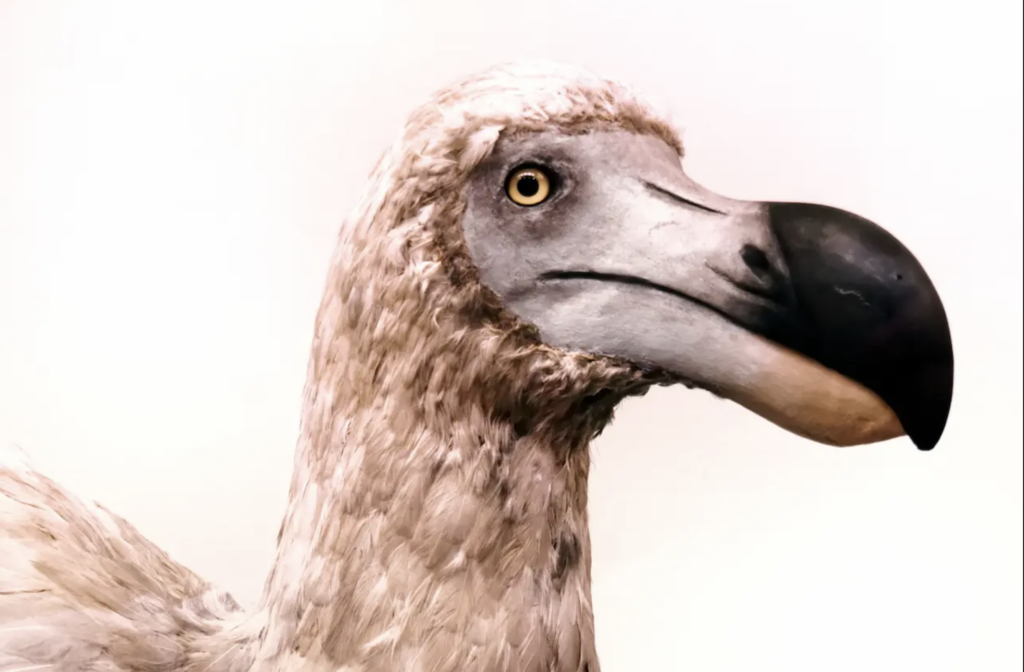
Once, extinction was forever. But with the rise of gene-editing tools and advanced cloning techniques, that may no longer be true. De-extinction—the process of bringing extinct animals back to life—is no longer just science fiction. It’s a bold and controversial branch of science that uses tools like CRISPR gene editing, cloning, and selective breeding to revive species that vanished from the Earth, often due to human activity. Scientists hope that by resurrecting these lost animals, they can restore disrupted ecosystems, deepen our understanding of evolution and genetics, and maybe even reverse some damage we’ve done. But the journey to genetic cloning extinct species is complex, raising questions about ethics, biodiversity, and environmental balance. Here are five species scientists are actively working to bring back—and how they plan to do it.
The Woolly Mammoth
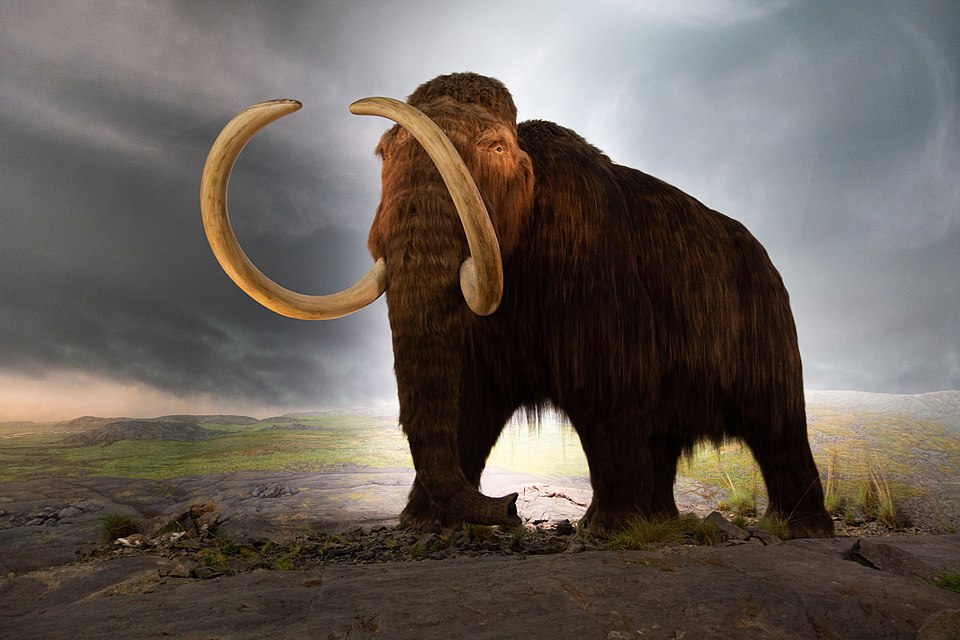
The Woolly Mammoth (Mammuthus primigenius) roamed the northern tundras of Europe, Asia, and North America until about 4,000 years ago, when climate change and human hunting contributed to its extinction. Why bring it back? Scientists believe the mammoth once played a crucial role in maintaining the grassland ecosystem of the Arctic. Reintroducing a mammoth-like creature could help slow climate change by preserving permafrost and controlling tree spread across the tundra.
At the forefront is CRISPR-Cas9 gene editing, which allows researchers to insert mammoth genes—like those for thick fur and cold tolerance—into the DNA of the Asian elephant, their closest living relative. As colossal.com explains, the goal isn’t a perfect clone, but a hybrid: a “mammophant” with key mammoth traits. But ethical concerns abound. Critics ask whether we should spend millions reviving extinct species when existing ones are disappearing. There’s also concern about how these hybrids would survive—and whether it’s fair to bring them into a changed world they never knew.
The Passenger Pigeon
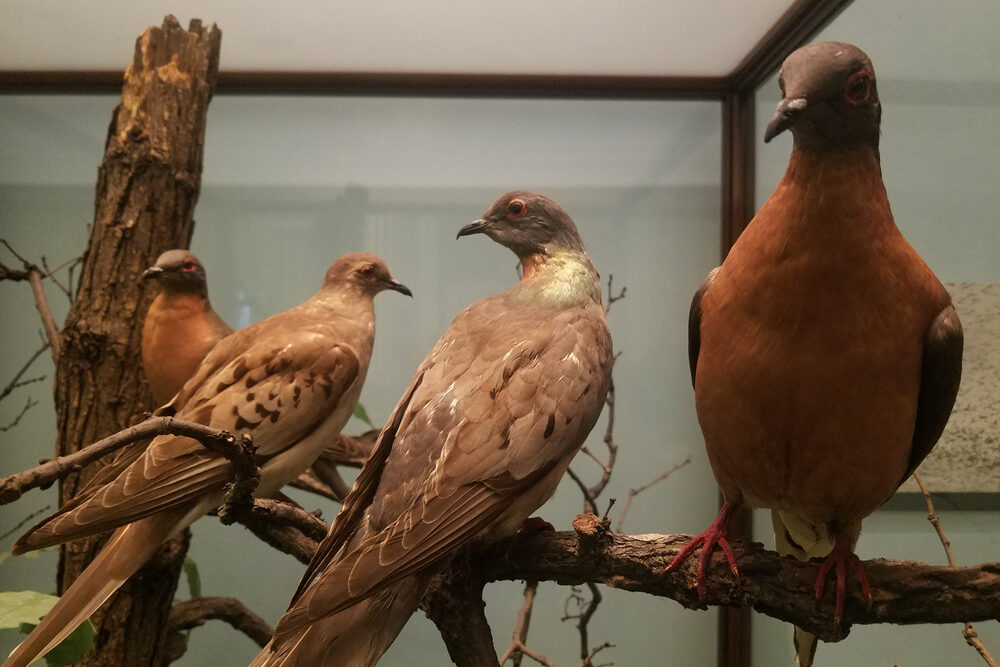
Once numbering in the billions, the Passenger Pigeon (Ectopistes migratorius) darkened North American skies in massive flocks until it was driven to extinction by overhunting and habitat destruction by 1914. Scientists want to bring it back to restore the balance in North American forests. Passenger pigeons once played a major ecological role by shaping tree composition and nutrient cycling through their massive flocks.
De-extinction teams, like those at Revive & Restore, are using CRISPR gene editing to splice DNA from preserved museum specimens into the genome of the band-tailed pigeon, a close living relative. This process, known as genetic back-breeding, hopes to reintroduce pigeon populations with passenger pigeon traits. But challenges loom: would these new birds behave like the originals? Could they form the large colonies that defined their ecological impact? The Washington Post also warns of unintended consequences if reintroduced into modern, fragmented forests.
The Tasmanian Tiger
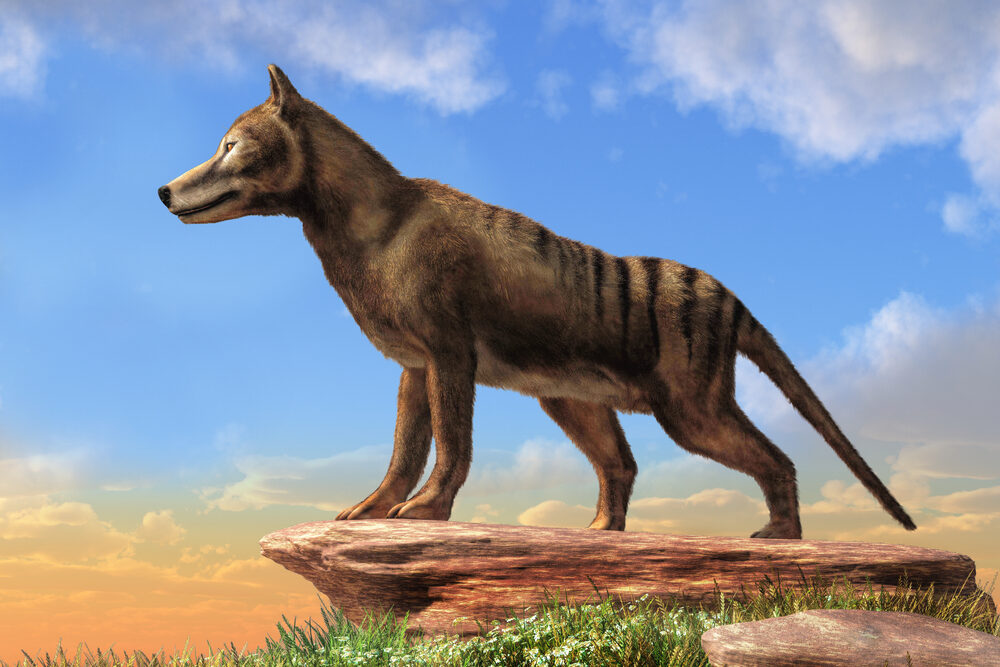
The Thylacine, or Tasmanian Tiger (Thylacinus cynocephalus), was a carnivorous marsupial that lived in Australia and Tasmania until its extinction in the 1930s, largely due to hunting and government bounties. Scientists are targeting the Thylacine for revival due to its ecological importance and cultural significance. As a top predator, it helped control prey populations and maintained ecosystem balance.
Researchers at the University of Melbourne are using genome sequencing and CRISPR editing to reconstruct the thylacine’s DNA using the closest living relative—the numbat. The plan is to eventually produce viable embryos and implant them into marsupial surrogates. Critics worry about whether reintroducing a predator into today’s ecosystems might backfire. Also, with habitat loss and climate change already stressing Australia’s wildlife, is there room for a species from the past? ScienceDaily mentions the effects of reintroducing top predators.
The Dodo Bird
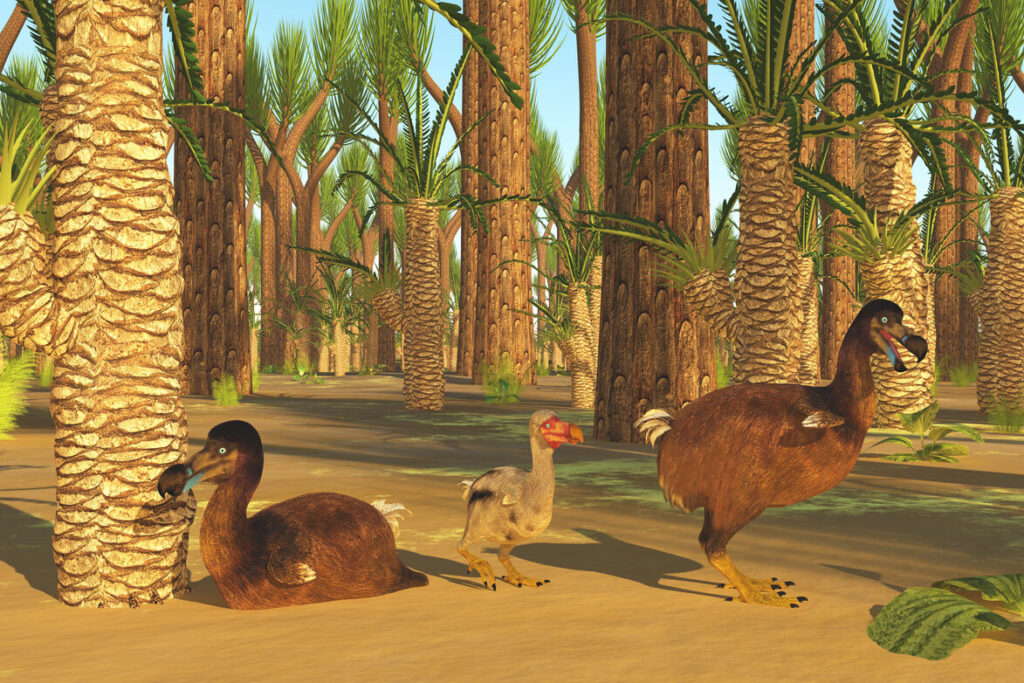
The Dodo (Raphus cucullatus) was a flightless bird native to Mauritius and went extinct in the late 1600s—just decades after humans discovered the island. It became a symbol of extinction itself, wiped out by invasive species, overhunting, and habitat destruction. Now, researchers at Colossal Biosciences are looking to bring the Dodo back using genomic reconstruction and gene editing. By comparing preserved DNA samples with that of the Nicobar pigeon, scientists are working to create a blueprint for Dodo traits and eventually implant edited cells into a surrogate bird.
The ecological argument is that the Dodo may have helped disperse seeds from native plants, some of which are now endangered. But skeptics say there’s little left of the original ecosystem and question whether Dodos could even survive in today’s environment. National Geographic holds that the idea of reversing one of history’s earliest documented extinctions holds undeniable scientific and emotional appeal.
The Pyrenean Ibex: The First De-Extinction Which Already Happened
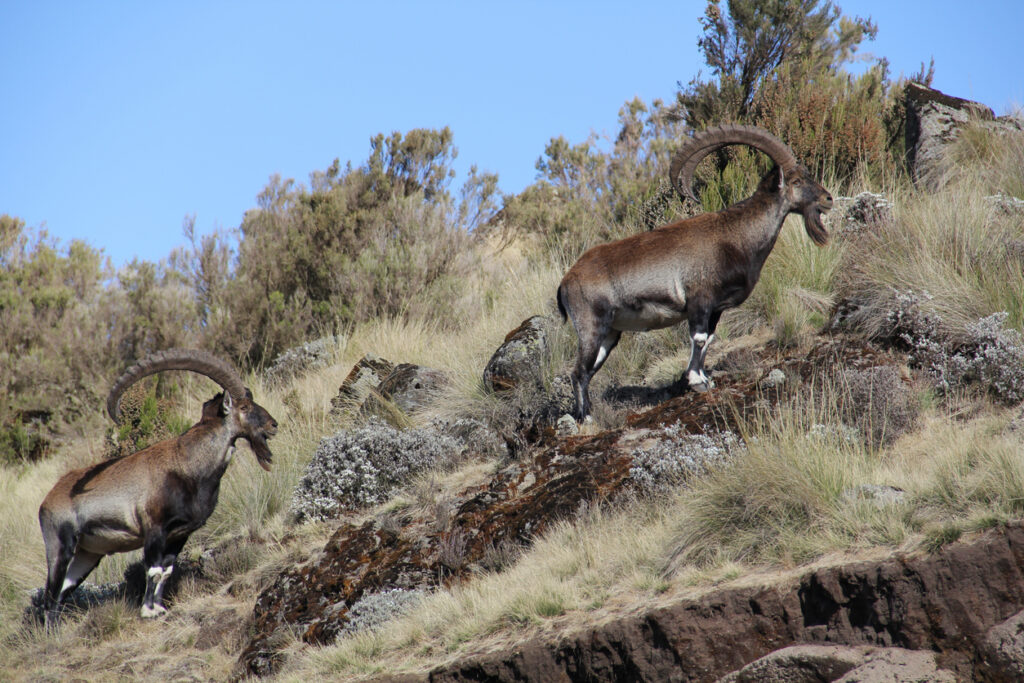
The Pyrenean Ibex (Capra pyrenaica pyrenaica), a wild mountain goat native to the Pyrenees, went extinct in 2000 when the last known female, named Celia, was found dead. But in 2003, scientists made history by cloning her from preserved skin cells, implanting the embryo into a domestic goat. The clone was born—but died minutes later due to lung defects. It was the first de-extinction, albeit briefly. Now, advances in cloning technology and surrogate breeding have reignited hopes of bringing the ibex back for good. It represents a real-world example of the limits—and promise—of cloning extinct animals.
The ethical dilemma here is intense: are we playing God with life and death? And if the clone suffers or dies, have we really honored the species we claim to love? Would you support bringing extinct species back? Which animal would you want to see again?


